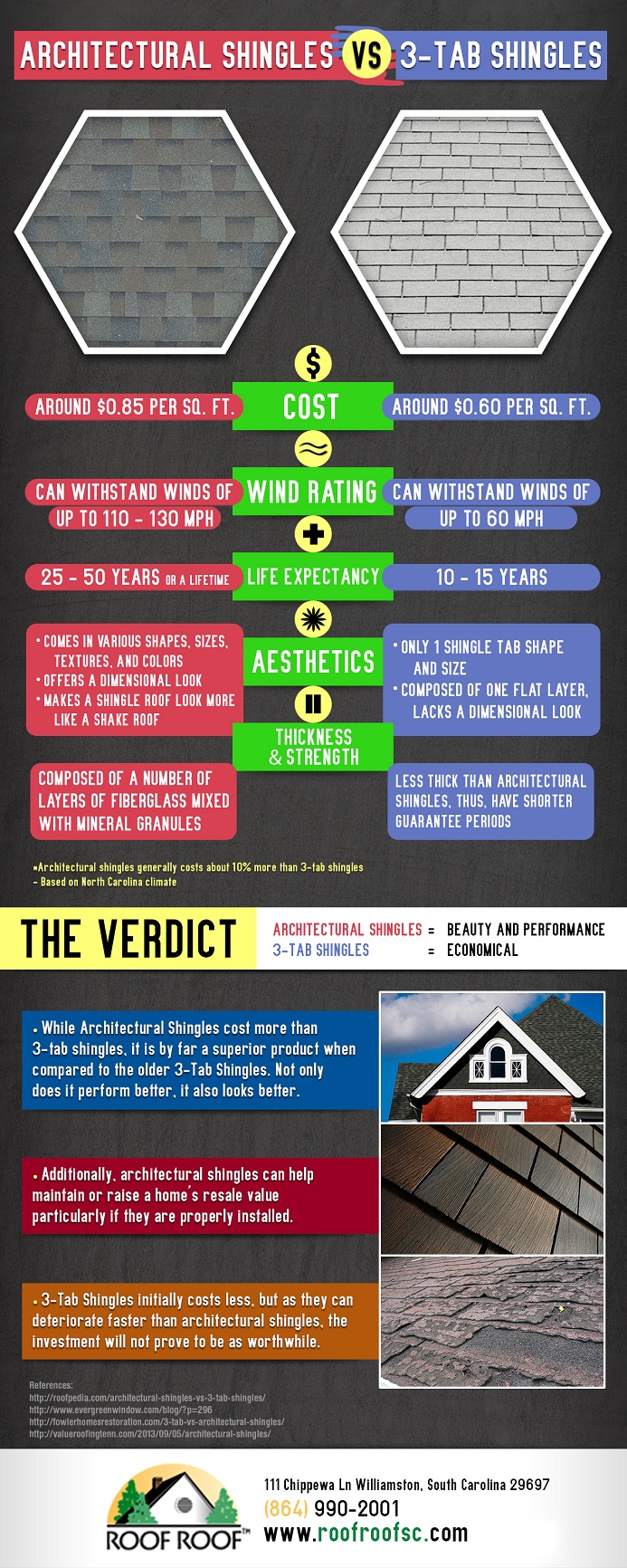Assess The Financial Implications And Benefits Of Solar Setup To Determine The Prospective Economic Advantages For Those Thinking About This Renewable Resource Endeavor
Assess The Financial Implications And Benefits Of Solar Setup To Determine The Prospective Economic Advantages For Those Thinking About This Renewable Resource Endeavor
Blog Article
Composed By-Martinussen Barbee
When considering the costs of solar installation, you might question the upfront financial investment needed and whether it aligns with the prospective long-lasting benefits. Recognizing the details of these costs and the various factors affecting the general return can clarify the worth proposal of transitioning to solar power. By examining both the initial arrangement expenses and the predicted savings in time, you can obtain insight into whether the financial investment in solar installment holds guarantee for your financial future.
First Configuration Expenditures
When thinking about the expenses of solar setup, the preliminary setup costs play a crucial role in your decision-making process. These in advance expenses consist of the rate of photovoltaic panels, inverters, placing equipment, and installation labor.
The rate of photovoltaic panels can differ depending upon the brand, efficiency, and size you select. Inverters are necessary for converting the sunlight's power right into useful electrical energy and come in various types such as string inverters, microinverters, and power optimizers, each with its own expense effects.
Placing tools, such as racks and rails, is needed to firmly mount solar panels on your roofing system or home.
The installation labor expense covers the specialist installment of the solar system, making sure that every little thing is set up properly and efficiently. Remember that while these preliminary configuration costs may appear high, there are frequently discounts, tax motivations, and financing alternatives available to assist balance out the costs and make solar installation more budget-friendly in the long run.
Long-Term Cost Savings Evaluation
To recognize the economic advantages of solar installation in time, it's vital to conduct a comprehensive long-term cost savings analysis. While the preliminary configuration costs of photovoltaic panels may appear overwhelming, the long-lasting savings can surpass these prices significantly. By utilizing the power of the sun to generate electrical energy for your home, you can potentially save hundreds of dollars on your utility costs over the life-span of your planetary system.
Among the essential factors to consider in a long-term cost savings analysis is the reduction in your electrical power costs. With photovoltaic panels, you can produce your power, decreasing or even eliminating your dependence on the grid. This can result in substantial cost savings, specifically as energy rates remain to rise.
Additionally, lots of federal governments supply rewards such as tax obligation credit ratings and discounts for setting up solar panels, better boosting your lasting cost savings. By making the most of these motivations and maximizing your solar power manufacturing, you can delight in substantial economic benefits for years ahead.
Roi Computation
Considering the monetary advantages of solar installment, it's time to examine the Roi (ROI) calculation. Determining the ROI involves contrasting the total expenses of mounting a solar system with the monetary benefits it produces over its life-span.
To determine ROI, divide the net make money from the system by the overall investment price and multiply by 100 to get a percent. The ROI formula is: (Net Profit/ Total Amount Financial Investment Expense) x 100.
For example, if the total cost of installing a solar system is $20,000, and over its life expectancy, it creates financial savings and earnings amounting to $30,000, the internet profit would be $10,000. Splitting this by the complete financial investment expense of $20,000 offers a proportion of 0.5. Multiplying this by 100 offers an ROI of 50%.
Usually, https://www.forbes.com/home-improvement/solar/solar-shingles-buying-guide/ suggests a much more financially fulfilling investment. Variables like federal government rewards, upkeep expenses, and energy cost fluctuations can impact the ROI of solar installations. Understanding the ROI aids in analyzing whether purchasing solar power deserves it in the long run.
Verdict
To conclude, recognizing the prices of solar installation is crucial for figuring out if it is worth the financial investment. By considering https://solar-panel-output-voltag08753.actoblog.com/33856449/check-out-how-to-effectively-pick-solar-panels-for-your-home-and-examine-whether-you-are-factoring-in-all-the-necessary-elements-that-can-improve-your-financial-savings , carrying out a long-term financial savings evaluation, and computing the roi, you can make an informed choice about the financial value of solar energy. With the capacity for lowered utility costs and increased power self-reliance, investing in solar installation can be a smart option for both your wallet and the environment.
